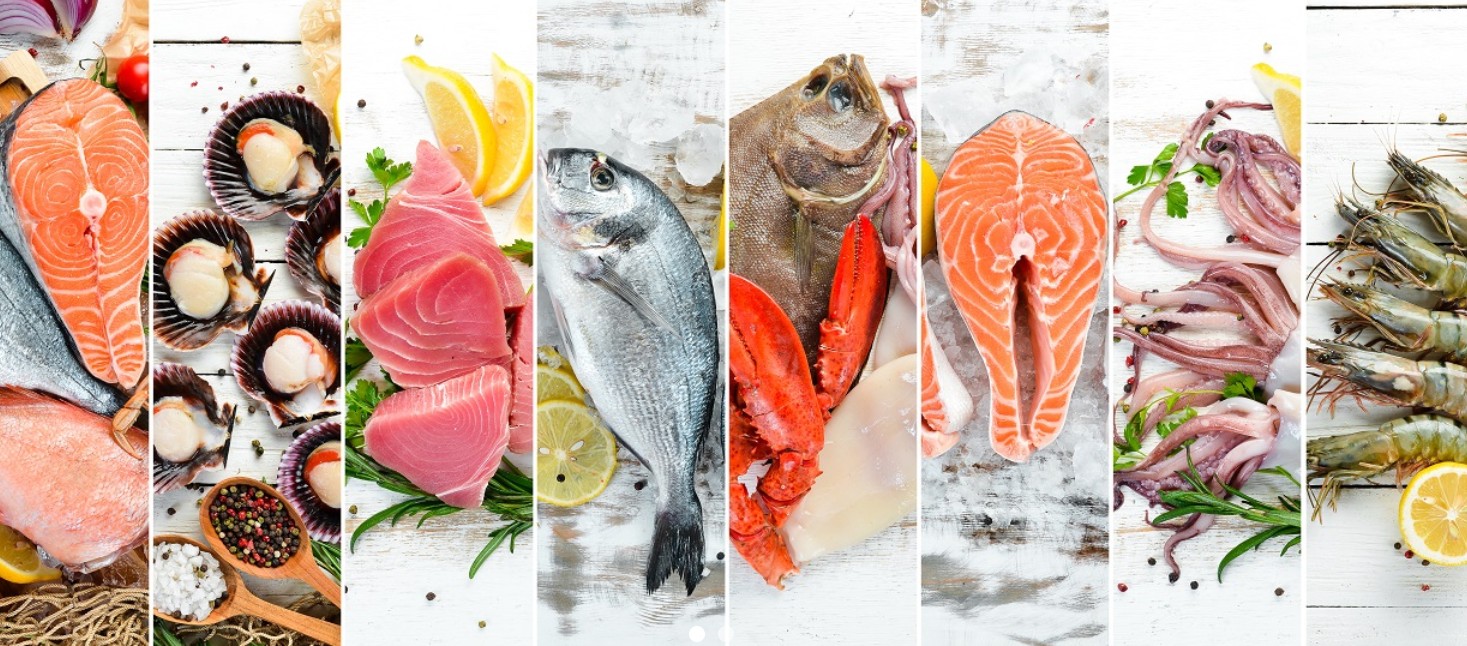Ever wondered what makes certain packaging boxes feel light, strong, and smooth all at once? That’s likely the magic of pasteboard boxes. Whether you’re shipping products, wrapping gifts, or packing seafood, pasteboard boxes are quietly doing all the heavy lifting.
In this blog post, we’ll take a deep dive into what pasteboard boxes are, their benefits, and how they connect with fish packaging materials supplies. You’ll also find easy-to-understand tips and real-life examples to help you use them better. Let’s make packaging simpler and smarter—together!
What Exactly Are Pasteboard Boxes?
Pasteboard boxes are lightweight, stiff paper-based containers typically made from multiple layers of paperboard. They’re thinner than corrugated boxes but thicker than standard paper. This makes them ideal for packing lighter items without compromising protection.
They’re widely used in food packaging, cosmetics, pharmaceuticals, and retail products. You’ve probably seen pasteboard boxes used for cereal, gift boxes, and even seafood trays. Their smooth surface is perfect for printing and branding, which is why they’re so popular.
How Are Pasteboard Boxes Made?
Pasteboard is crafted by layering sheets of paper pulp and compressing them to form a dense board. This board is then cut, folded, and glued into different shapes and sizes.
Common types include:
-
Solid Bleached Sulfate (SBS) – clean and white, great for printing
-
Clay-Coated News Back (CCNB) – recycled and cost-effective
-
Coated Unbleached Kraft (CUK) – strong and durable, often used in beverages
Each type has unique benefits based on how much strength, printability, or sustainability you’re looking for.
Why Choose Pasteboard Over Other Packaging Options?
When compared to materials like plastic or corrugated cardboard, pasteboard stands out for several reasons:
-
Eco-friendly: Mostly made from renewable resources and recyclable.
-
Cost-effective: Cheaper than heavy-duty materials while still offering structure.
-
Easy to customize: Works well with printing, embossing, and coating.
-
Space-saving: Folds flat for storage and shipping.
This makes them especially useful in fish packaging materials supplies, where hygiene, presentation, and cost all matter.
Where Do Pasteboard Boxes Fit in Fish Packaging?
Pasteboard boxes are increasingly used as part of fish packaging materials supplies due to their adaptable nature. While they’re not waterproof like waxed or insulated containers, they can be laminated or lined to improve resistance to moisture.
They work well as:
-
Inner packaging for smoked or frozen fish portions
-
Retail display boxes for seafood snacks
-
Divider trays within larger insulated seafood cartons
If your packaging strategy uses a combination of layers, pasteboard boxes can act as a supportive, brand-friendly layer between your product and outer packaging.
How to Pick the Right Pasteboard Box for Your Packaging Needs
Choosing the right box isn’t just about size—it’s about the full purpose. Here’s what to think about:
-
Product weight: Use sturdier grades for heavier seafood items.
-
Moisture exposure: Go for laminated or lined options if there’s water or ice involved.
-
Storage conditions: Will the boxes be refrigerated or frozen? Some coatings perform better than others.
-
Branding needs: Pasteboard is great for high-resolution printing—ideal for logos and labels.
-
Sustainability goals: Many pasteboard boxes use recycled content or are fully recyclable.
These factors are especially important when designing your fish packaging materials supplies setup, where shelf life and hygiene are crucial.
Creative and Practical Uses for Pasteboard Boxes
Beyond the seafood aisle, pasteboard boxes can be surprisingly versatile. Here are a few simple and clever uses:
-
Custom gift boxes: Add ribbons, inserts, or windows for premium appeal.
-
Takeout containers: Lightweight and grease-resistant when lined.
-
Subscription box packaging: Great for monthly seafood or gourmet kits.
-
Retail shelf packaging: Compact, printable, and easy to display.
-
Shipping sleeves: Wrap around fragile seafood trays for added protection.
These ideas show how a basic material like pasteboard can be adapted to suit various situations—particularly where packaging needs both visual appeal and function.
Tips for Using Pasteboard Boxes Effectively
Want to get the best out of your pasteboard boxes? These simple tips can help:
-
Keep them dry: Unless treated or lined, avoid direct contact with wet products.
-
Pair with liners: Use wax paper, plastic trays, or foil wraps inside to protect contents.
-
Don’t overfill: They aren’t as forgiving as corrugated boxes under pressure.
-
Test print: Always test sample prints to ensure the ink absorbs properly without smudging.
-
Recycle smartly: Educate users about disposing of or recycling pasteboard correctly.
These tips apply whether you’re packing gourmet fish fillets or just organizing your pantry.
Eco Benefits: Pasteboard Boxes and Sustainability
In a world moving away from plastic, pasteboard offers a much-needed eco-alternative. Most pasteboard packaging can be:
-
Recycled through curbside programs
-
Sourced from certified sustainable forests
-
Manufactured with minimal chemical use
In the context of fish packaging materials supplies, where environmental impact is under growing scrutiny, pasteboard can reduce your packaging footprint without sacrificing quality or appeal.
Challenges and Workarounds
No packaging solution is perfect, and pasteboard has its own set of challenges:
-
Not water-resistant by default
-
Limited strength compared to corrugated materials
-
Can warp in extreme humidity
But with smart design, these issues can be worked around. Waterproof liners, nested inserts, and hybrid packaging (e.g., pasteboard box inside an insulated foam container) all solve these problems without switching to heavier or non-recyclable materials.
Final Thoughts: Why Pasteboard Boxes Might Be the Right Choice for You
Pasteboard boxes combine flexibility, affordability, and sustainability. While they may not be your go-to for frozen fish shipments alone, they’re incredibly valuable as part of a broader fish packaging materials supplies solution.
From retail-ready boxes to inner liners, pasteboard offers a balance of presentation and practicality. So the next time you’re planning a packaging strategy—whether for seafood or something totally different—don’t overlook the humble pasteboard box.
